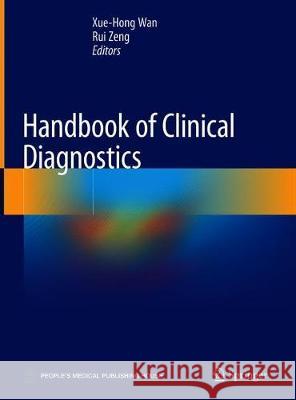Handbook of Clinical Diagnostics » książka
topmenu
Handbook of Clinical Diagnostics
ISBN-13: 9789811376764 / Angielski / Twarda / 2019 / 402 str.
Handbook of Clinical Diagnostics
ISBN-13: 9789811376764 / Angielski / Twarda / 2019 / 402 str.
cena 603,81
(netto: 575,06 VAT: 5%)
Najniższa cena z 30 dni: 578,30
(netto: 575,06 VAT: 5%)
Najniższa cena z 30 dni: 578,30
Termin realizacji zamówienia:
ok. 22 dni roboczych
Dostawa w 2026 r.
ok. 22 dni roboczych
Dostawa w 2026 r.
Darmowa dostawa!
Kategorie BISAC:
Wydawca:
Springer
Język:
Angielski
ISBN-13:
9789811376764
Rok wydania:
2019
Wydanie:
2019
Ilość stron:
402
Waga:
1.73 kg
Wymiary:
27.9 x 21.0
Oprawa:
Twarda
Wolumenów:
01











